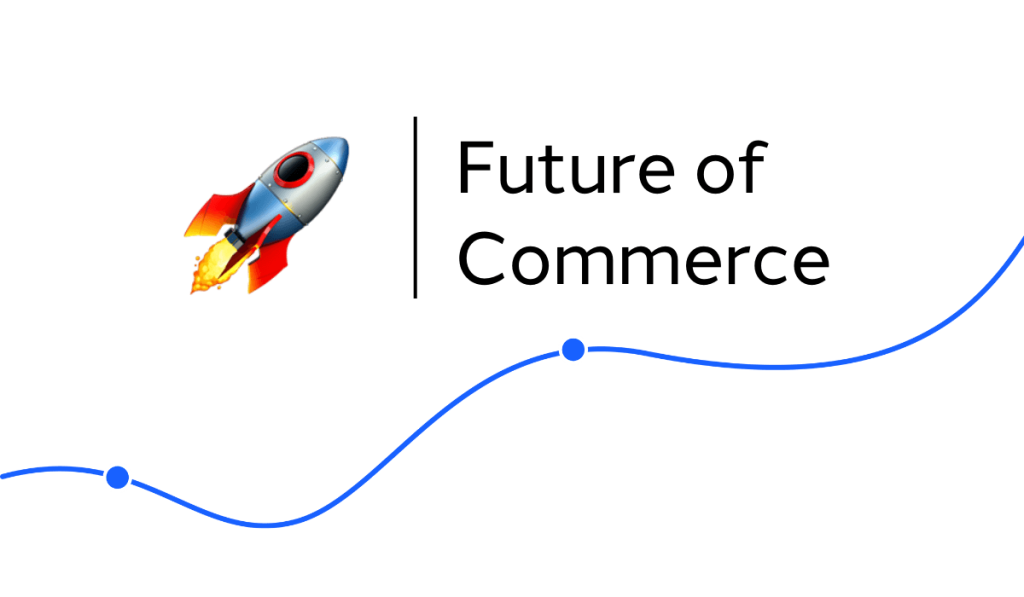Welcome to Katalys Connect – your weekly shortcut to the latest in performance marketing.
[Read time: 4 minutes]
What’s in this issue? Each week we pack the latest trends, actionable insights, and industry breakthroughs into a quick read – ensuring you’re not just keeping up, you’re staying ahead.
- Monetization: Publishers unlock new revenue streams with Microsoft’s Copilot payouts while adapting to Snap’s redesign and Google’s evolving ad landscape for long-term success.
- Growth: Brands maximize ad performance with TikTok’s enhanced targeting while Google’s e-commerce shift demands new SEO tactics.
- The Future of Commerce: Online retailers capitalize on AI-driven voice tools and record holiday e-commerce growth projections while navigating supply chain challenges with proactive strategies.

Google Ad Breakup • Publishers are torn over the potential impact of a Google ad business breakup, fearing it could backfire and disrupt crucial ad revenue streams.
- Some publishers worry that dismantling Google’s sell-side ad business could cut them off from vital programmatic ad dollars, leaving them in a worse position despite their frustrations with Google’s dominance.
- The complexity of Google’s ad tech integration means a breakup might not solve the monopoly issue, potentially leaving its buy-side ad tools intact and still dominant.
Snap’s Shift Worries Publishers • Snapchat’s upcoming redesign could impact publishers, pushing their content lower in the feed as the platform moves to prioritize creators and user-generated videos.
- The app’s new TikTok-style feed, powered by algorithms, will prioritize content from friends and creators, leaving publishers worried their professionally produced content will be overshadowed.
- Snapchat’s shift toward favoring individual creators mirrors moves by platforms like Meta and Google, leaving publishers sidelined after once being key partners on the Discover tab, where they previously enjoyed prime placement and revenue-sharing opportunities.
Copilot’s Publisher Payouts • Microsoft’s Copilot Daily feature will pay publishers like Reuters and USA Today Network for content, expanding its licensing deals to include AI products for the first time.
- The initiative comes as a potential lifeline for a struggling media industry, offering new revenue streams amid declining ad revenue and significant job losses in journalism.
- Competing AI vendors like OpenAI and Perplexity are also striking payment deals with publishers to access data and avoid copyright claims, but some in the industry argue these agreements undervalue journalism, with concerns over poor execution and low compensation.

Transparency Crisis in Ads • As ad platforms consolidate power, brands struggle with reduced control and visibility, sparking shifts in media strategies and a push for smarter measurement to ensure ad dollars deliver results.
- Major platforms like Google, Meta, Amazon, and TikTok are automating ad campaigns with tools like Performance Max and Advantage+, but the “black box” approach leaves brands in the dark about what drives success, leading to frustration over limited control.
- In response, many brands are diversifying their media spend, turning to connected TV (CTV), retail media, and digital out-of-home (DOOH) for more transparent, accountable advertising options beyond the tech giants.
TikTok’s Ad Targeting Power • TikTok enhances ad performance with keyword targeting, allowing brands to fine-tune their placements and better capture user intent in search results.
- The video platform shared that brands combining Search Ads with In-Feed Ads see a 20% increase in conversions, highlighting the growing role of TikTok in product discovery and e-commerce.
- With 57% of users searching on TikTok and 23% conducting searches within 30 seconds of opening the app, this update provides brands with a valuable chance to reach highly engaged users quickly.
Google’s E-commerce Evolution • Google’s search results are transforming into Amazon-style category pages, forcing retailers to rethink their SEO strategies to stay relevant.
- Google’s recent e-commerce updates, like product grids, enhanced filters, and rich product details, create an Amazon-like experience directly in search results, giving users instant access to pricing, reviews, and product images without visiting external sites.
- Retailers must now focus on optimizing individual product pages, ensuring their data feeds are accurate, complete, and aligned with user search behaviors, as Google increasingly prioritizes these over traditional category pages.

US Port Strike Disruptions • The ongoing strike at US East and Gulf Coast ports is sending shockwaves through global supply chains, with concerns mounting over the duration and impact on holiday-season logistics.
- With the strike hitting during peak shipping season, e-commerce retailers face delayed shipments and potential stock shortages, particularly for high-demand products imported from Asia.
- Many companies turning to air freight as a backup will struggle with limited capacity and steep rate increases, further squeezing margins during a crucial sales period.
AI Voices Transform Retail • Meta and OpenAI aim to revolutionize e-commerce with advanced AI voice tools that create more natural, human-like interactions between brands and shoppers.
- Meta is using celebrity voices and visual integration to enhance shopping experiences, allowing users to upload product images and receive personalized purchase recommendations instantly.
- ChatGPT’s improved voice features streamline customer service, offering seamless, real-time assistance for product inquiries, recommendations, and order processing.
Adobe Forecasts Holiday Surge • Adobe predicts a record $240.8 billion in US online holiday spending, driven by mobile shopping, steep discounts, and the rise of Buy Now, Pay Later services.
- Mobile shopping is expected to break records, with $128.1 billion in sales, representing over 53% of all online holiday spend – while deep discounts will encourage consumers to “trade up” in categories like electronics and sporting goods.
- Influencer-driven shopping is expected to convert consumers 10 times more effectively than general social media, while generative AI-powered chatbots see a 100% increase in traffic to retail sites.


